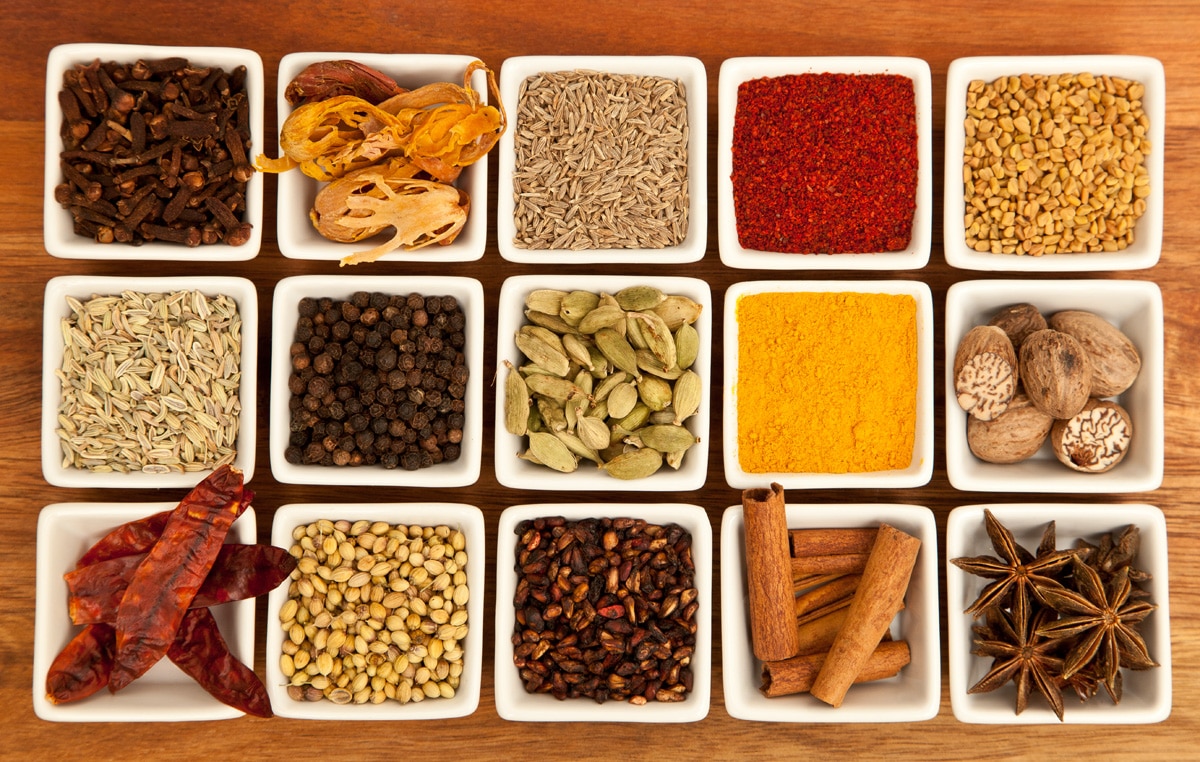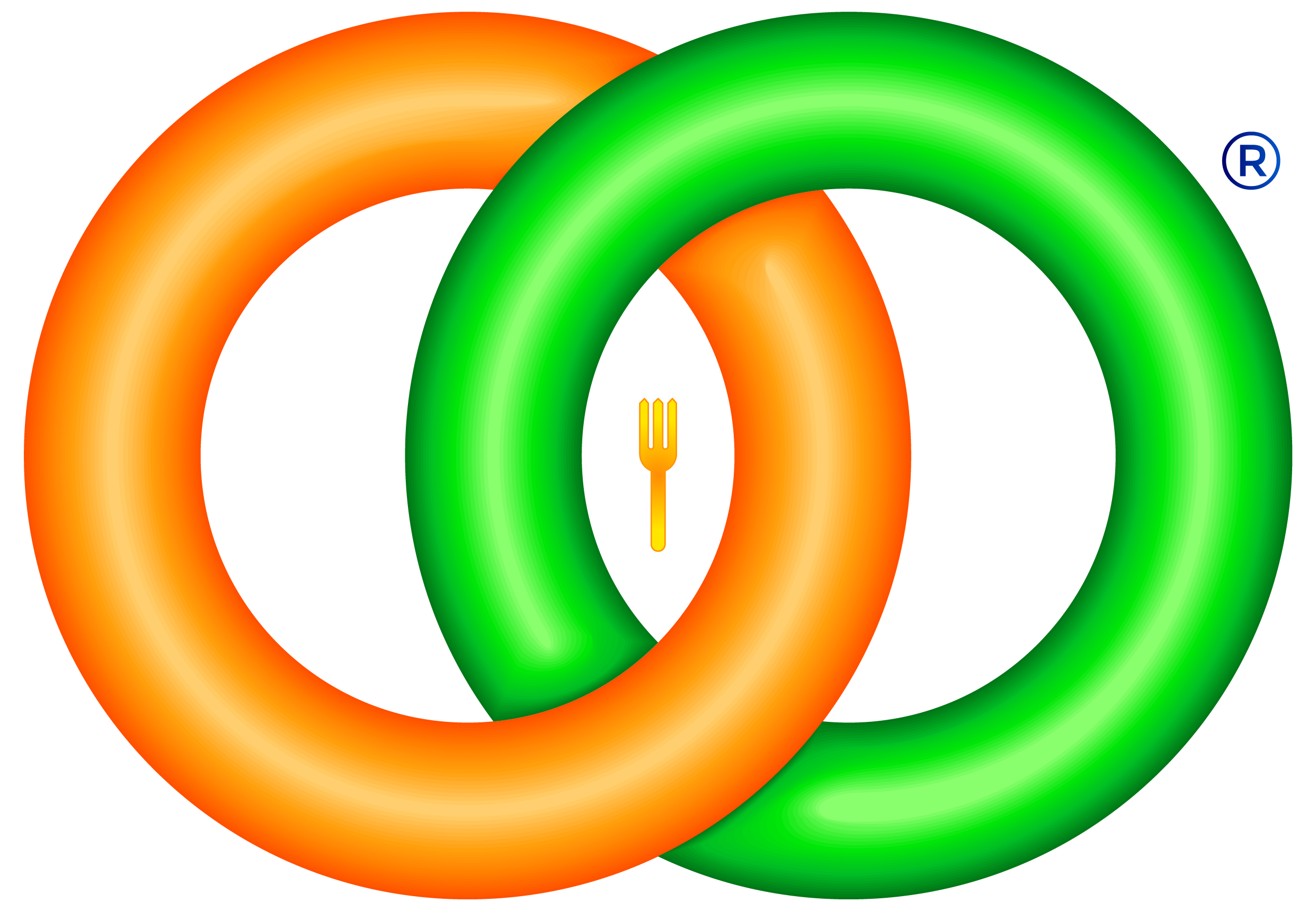
Kerala Cuisine Cooking Ingredients Introduction
Spices form an Integral part of kerala cooking. Spices are defined as a strong flavoured and aromatic substance obtained from plant in seed, leaf, bud or flower form. In ancient times spices were as precious as gold and diamond.
India is one country in the world produce many kinds of spices and in that most quality spices come from kerala. Spices are good for our taste buds and health. The commonly used spices are cumin, green chilli, coriander, cinnamon, clove, cardamom, pepper, dried red chilli, curry leaf, coriander leaf, ginger, garlic, mustard seeds and asafoetida.
Wide variety of spices are grown and consumed in kerala.
Pepper
Pepper has been grown and used in Indian cuisine specifically in Kerala cuisine since 2000BC,Europeans and westerners came to indian only due to the presence of pepper.pepper is considered to be the Black gold.India and Vietnam is the largest producers of pepper.
Pepper mainly comes in two form Black and white, Black is produced by lightly cooking the unripen pepper with skin and drying. White is seed of pepper by removing the skin.
Cardamom
Cardamom the most recognised sweet spice, grown on hill side of kerla. World’s third most expensive spice by weight, outstripped in terms of its market value by only saffron and vanilla. Cardamom has a strong, unique taste, with an intensely aromatic, resinous fragrance. Black cardamom has a distinctly more Smokey, though not bitter, aroma with a coolness some consider similar to mint. Green cardamom is one of the most expensive spices by weight, but little is needed to impart the flavor. Cardamom is best stored in pod form because once the seeds are exposed or ground they quickly lose their flavor.
Cardamom belongs to the ginger family Zingiberaceae. Today, the majority of cardamom is still grown in southern India, Elettaria pods are light green while Amomum pods are larger.
Cinnamon
Cinnamon is a spice which is very important in any kerala meat preparation and spice blend ‘garam masala’ which is different to one used in north India .It’s a spice obtained from the inner bark of several trees from the genus Cinnamomum that is cultivated on the hills of Kerala, it is called “karuvapatta” (Malayalam) or “dalchini” (Hindi), Its flavor is due to an aromatic essential oil that makes up 0.5% to 1% of its composition. This oil is prepared by roughly pounding the bark, macerating it in seawater, and then quickly distilling the whole. Cinnamon has been proposed for use as an insect repellent.
Cloves
Cloves are grown in mountain areas of Kerala .Cloves are used in cooking either whole or in a ground form, but as they are extremely strong, they are used sparingly. cloves are widely used In Ayurvedic medicine it is considered to have the effect of increasing heat in system, hence the difference of usage by region and season. In south Indian cuisine, it is used extensively in biryani along with other spices to flavour the rice.
cloves are the aromatic dried flower buds of a tree in the family Myrtaceae . The clove tree is an evergreen that grows to a height ranging from 8–12 m, having large leaves and reddish brown flowers in numerous groups of terminal clusters. The flower buds are at first of a pale color and gradually become green, after which they develop into a bright red, when they are ready for collecting. Cloves are harvested when 1.5–2 cm long, and consist of a long calyx, terminating in four spreading sepals, and four unopened petals which form a small ball in the centre.
Fenugreek
Fenugreek is cube shaped small yellow seeds of fenugreek plant. Both its seeds and plant used for cooking. Fenugreek when sauted in oil produced excellent fragrant which is common to indian curries . In kerala cuisine fenugreek seeds are are mainly used than the plants. Most of kerala fish dishes are enriched with the flavour of fenugreek seeds.That has the quality of masking unpleasant fishy smell.
Mustard seeds
widely used for the preparation of every dishes in kerala. Mustard seeds are the small round seeds of various mustard plants. The seeds are usually about 1 or 2 mm in diameter. There are three main varieties of mustard. mustard seeds grow well in temperate regions. It is a rich source of oil and protein. Seeds are available as whole seeds, split seeds or powder and paste. Store mustard seeds in a clean and dry container or jar because it forms clumps when wet. Mustard is used in the tempering of spices. The procedure of heating oil and dropping mustard seeds and cooking them until they pop gives many dishes a distinctive flavour.Mustard is really a preservative and they are also used for pickling in most of kerala households.
Chillies
There is rarely any kerala food without chillies in it. Chillies are fruits of the capsicum species. They are cultivated mainly in tropical and sub-tropical countries.India is the largest producer and exporter of chillies. Ripe chillies which are red in colour are picked from the plant and dried in the sun. Fresh unripe chilli comes in various shades of green and they are better for flavour. Both red and green chillies come from the same plant, it’s just that the peppers change colour as they ripen even further and they have a strong aroma. Chillies are available fresh, dried, powdered and flaked.Chillies have a higher level of vitamin a and c. Chillies add more taste and flavour to the main dish.
Curry leaf
Curry leaf come from a beautiful tree called curry tree which grows well in tropical climate and which is native to india. Curry leaf is present in every dish in kerala, the southern part of india. As the tree is widely grown the leaf cost very cheap price. Curry leaves are available fresh and dried. They are dropped into hot oil that is poured on top of many dishes to add flavour. It lends its lingering aroma to a dish but is not eaten.
Tamarind
Tamarind tree is an evergreen which is long lived, medium growth bushy tree. Tamarind tree fruit is called tamarind pod. It is crescent shape and brown with a thin brittle shell. It contains a fleshy pulp. When it is matured the flesh is coloured brown or reddish brown. Within this pulp there is a seed which is dark brown in colour. It is the pulp that is used as flavouring for its sweet, sour taste and is high in acid, sugar, vitamin b and calcium. It is available as a pressed fibrous slab or concentrates paste. Tamarind extract is used in some of the dishes, especially in fish curries to give a sweet and sour flavour to the curry. Tamarind slabs and paste store well and will last for up to a year.
Kokum
kokum is native to india and is endemic to the western seaward regions of south india. Kokum tree is of tropical evergreen origin.it is a sour fruit that resembles tamarind. Kokum is deep purple in colour when ripe and have large seeds. Fruits are pickled when ripe, the rind is then removed and soaked repeatedly in the juice of the pulp and then dried under the sun. The rind is used as the flavouring for food. It has a sweet and sour taste and gives some kind of purple colour to the food. Kokum are used to give sour taste to fish curries. It enhances coconut based curries and also added to some vegetable preparations and pickles as well. Kokum is available as a dried rind or fruit. Deeper the colour, better the kokum. It has to be kept in an air tight container, so it last up to a year.
